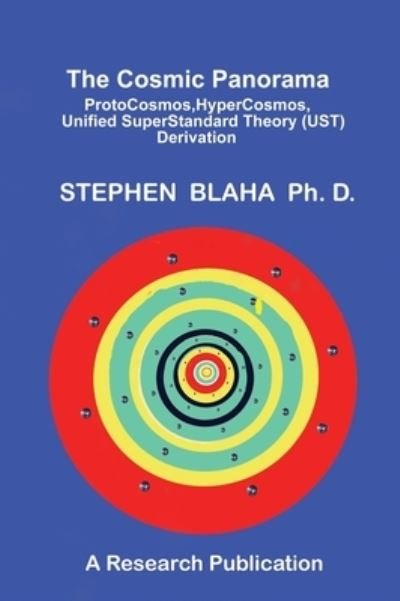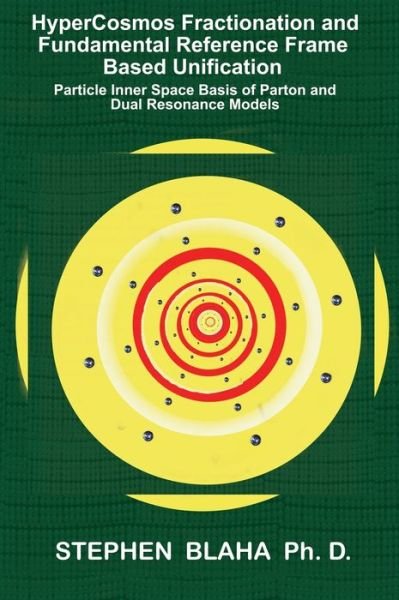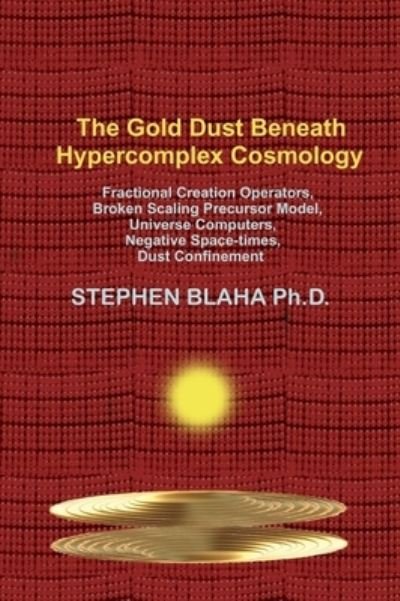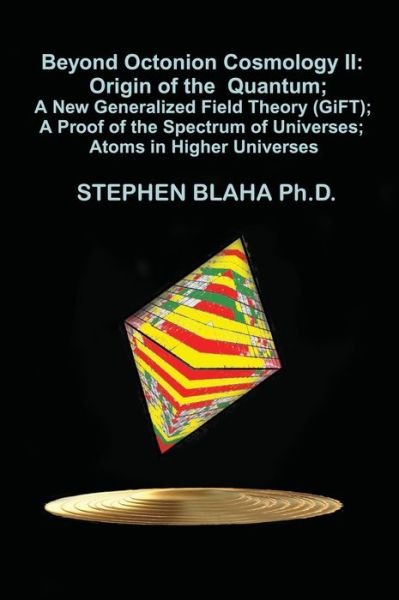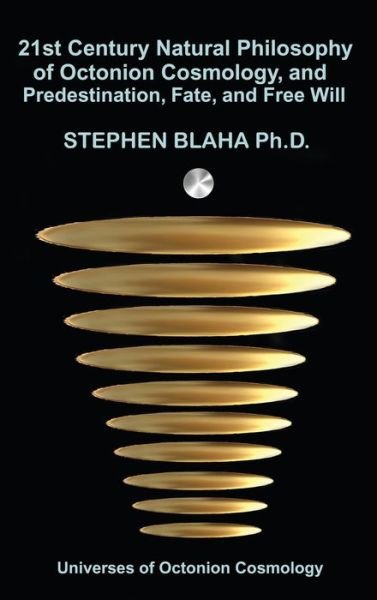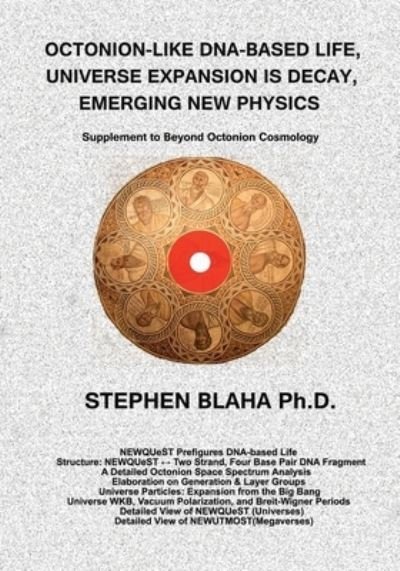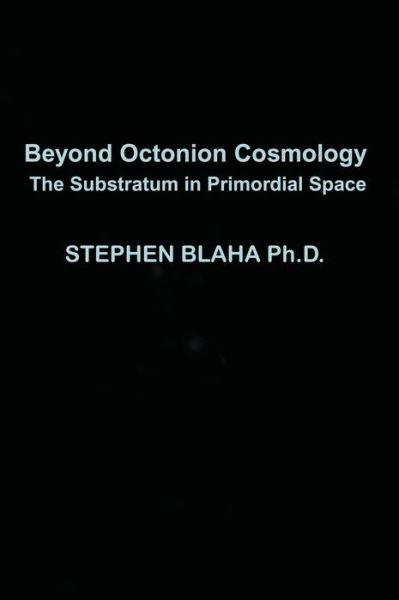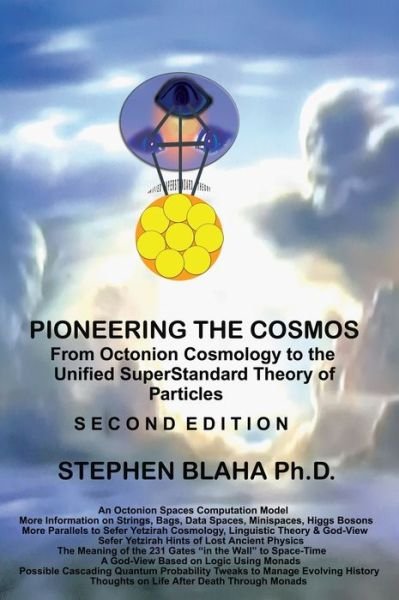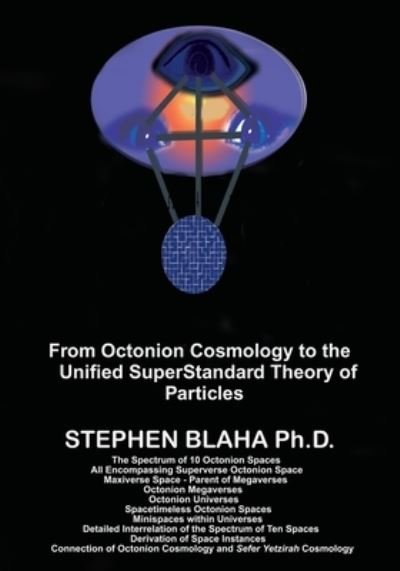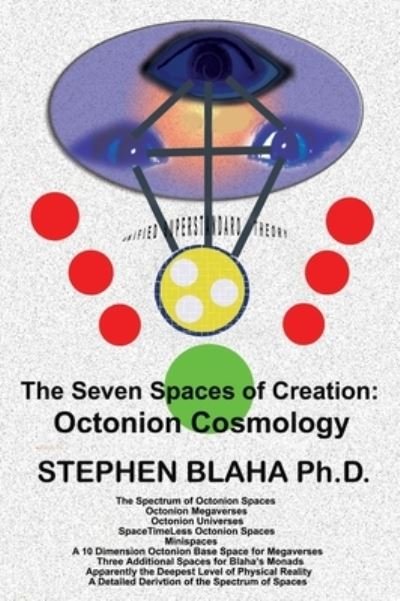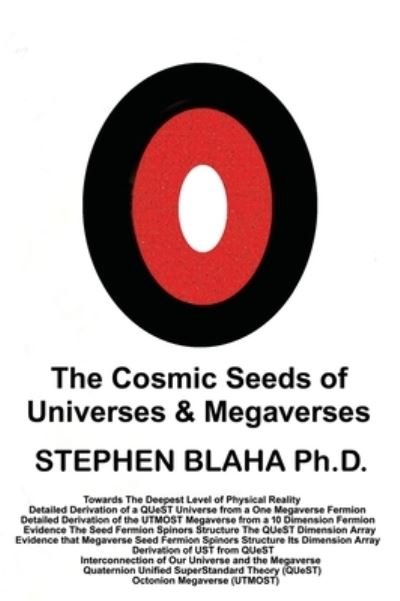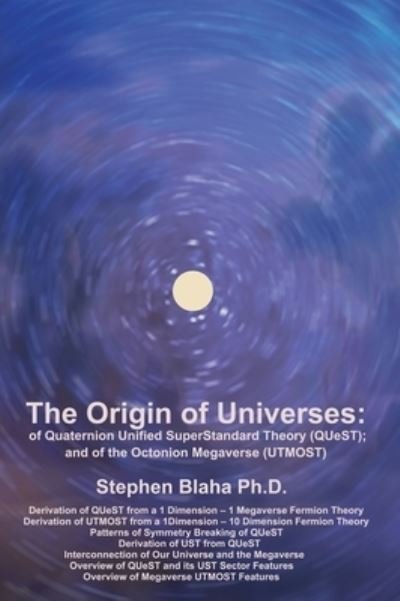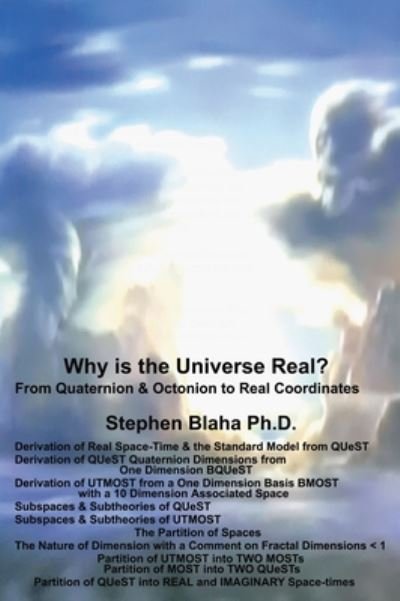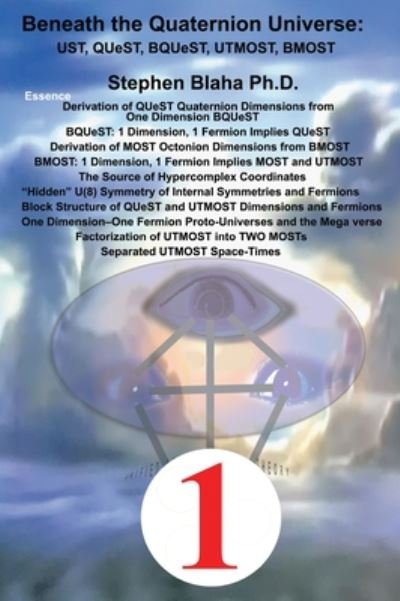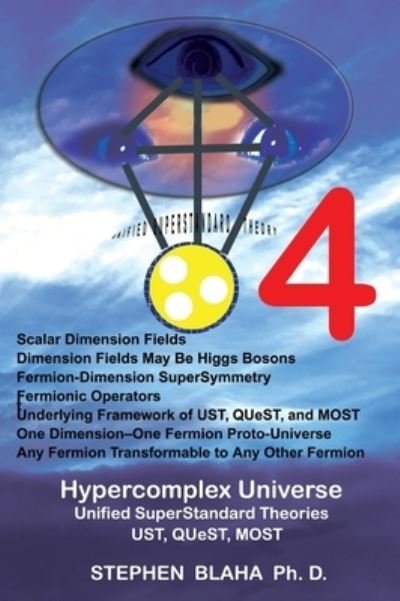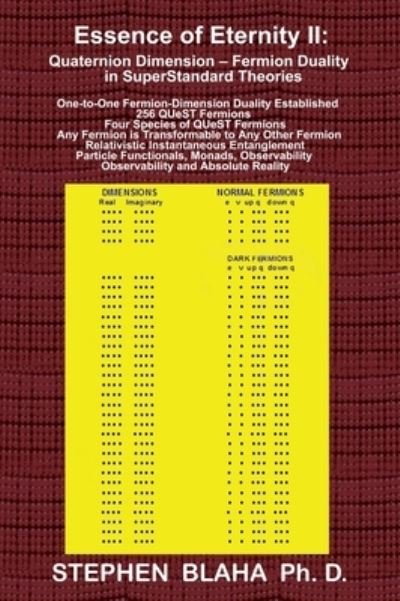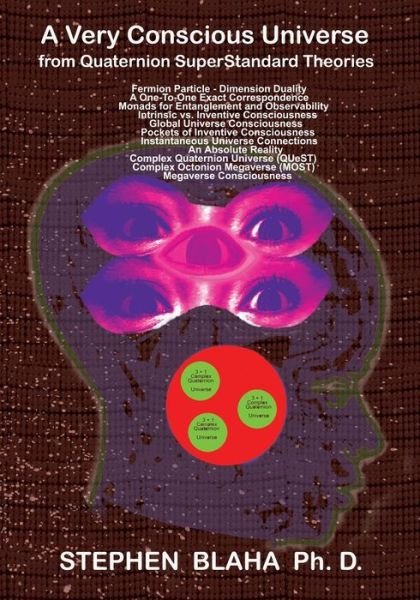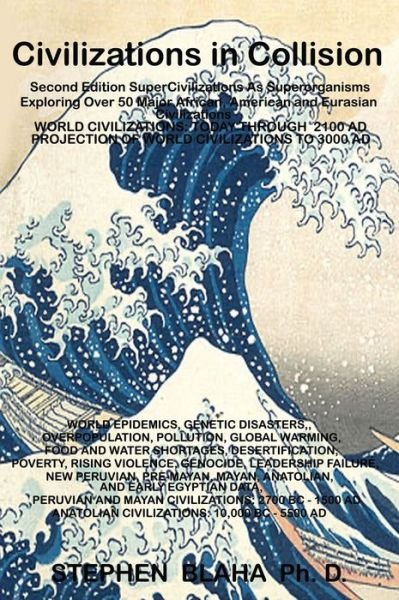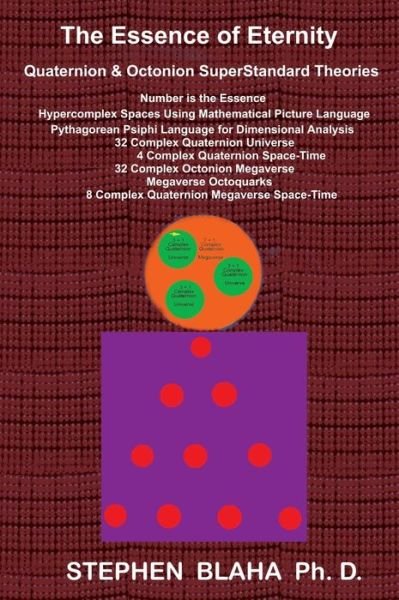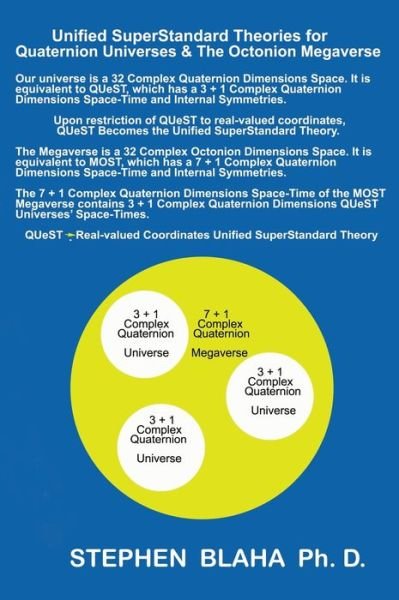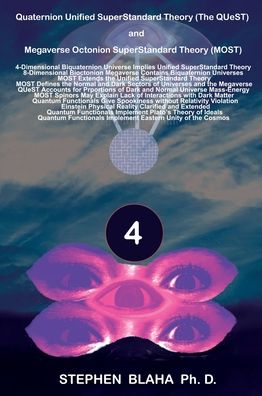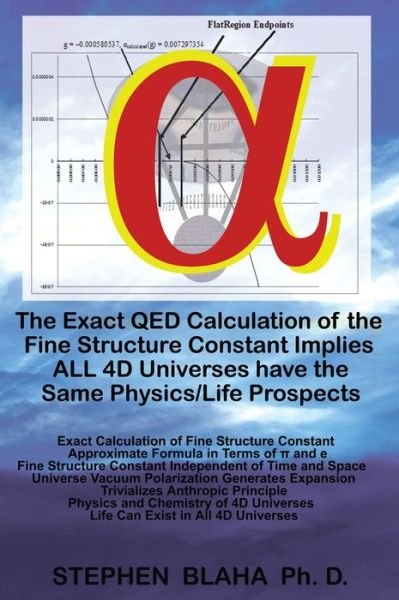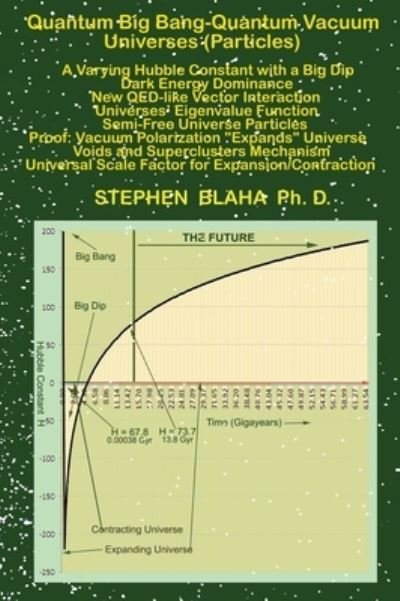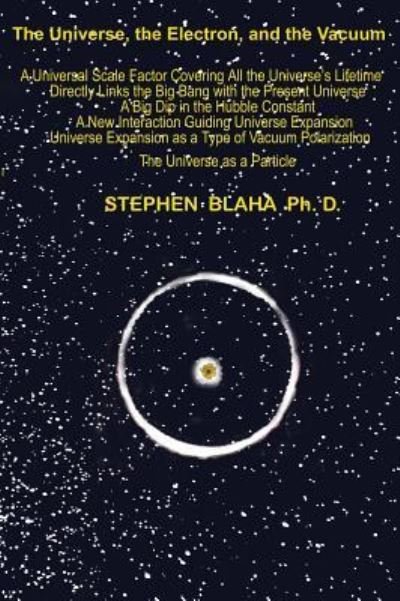
Vertel uw vrienden over dit artikel:
Unification of the Eleven Boson Interactions Based on 'rotations of Interactions'
Stephen Blaha
Unification of the Eleven Boson Interactions Based on 'rotations of Interactions'
Stephen Blaha
This book is a supplement to Unification of the Seven Boson Interactions based on the Riemann-Christoffel Curvature Tensor ... (I). Together these works provide a unified picture of the boson sector of The Theory of Everything: vector bosons, gravitation and Higgs bosons. The boson sector unification is based on the Riemann-Christoffel tensor, which must include all interactions in its description of our curved space-time. The boson lagrangian part of The Theory of Everything is constructed from the Riemann-Christoffel tensor in a manner similar to the construction of the Theory of Gravity. In I we constructed a unified theory for the seven necessarily known interactions required by experimental data. In this book we add four interactions that would also seem to be needed: a gravitational vector spinor interaction, an SU(2) Dark Weak interaction a U(1) Dark Weak interaction, and a 'unifying' interaction that we call the Omega-Interaction. We attribute Dark Weak interactions to Dark Matter as a natural extension of the set of particle interactions. We do not introduce a Dark Strong interaction due to the cosmological data that shows Dark Matter to be diffused in lumps throughout the universe and apparently not aggregated into stars and planets. This difference suggests that a Dark nuclear force and consequently a Dark Strong interaction does not exist. After assembling the eleven forces in the Riemann-Christoffel tensor, we note that a (broken) SU(3) by U(64) symmetry is manifest and we develop the consequences of this symmetry. We take this symmetry to be a local Yang-Mills symmetry and apply the Faddeev-Popov Mechanism to generate 'ghost' interactions. Thus we go beyond the Standard Model in two ways: interactions between interactions, and ghost interactions between interactions. We conclude by showing that the gravity potential found at solar system distances, at galactic distances, and at inter-galactic distances follow from our theory. We also show that the theory yields a linear potential and the Charmonium potential. Lastly we show the theory may explain the missing proton spin, and also the difference in proton radius found in hydrogen and muonic hydrogen.
| Media | Boeken Paperback Book (Boek met zachte kaft en gelijmde rug) |
| Vrijgegeven | 14 januari 2017 |
| ISBN13 | 9780998457536 |
| Uitgevers | Pingree-Hill Publishing |
| Pagina's | 56 |
| Afmetingen | 178 × 254 × 3 mm · 113 g |
| Taal en grammatica | Engels |
Meer door Stephen Blaha
Bekijk alles van Stephen Blaha ( bijv. Hardcover Book , Paperback Book en Book )


